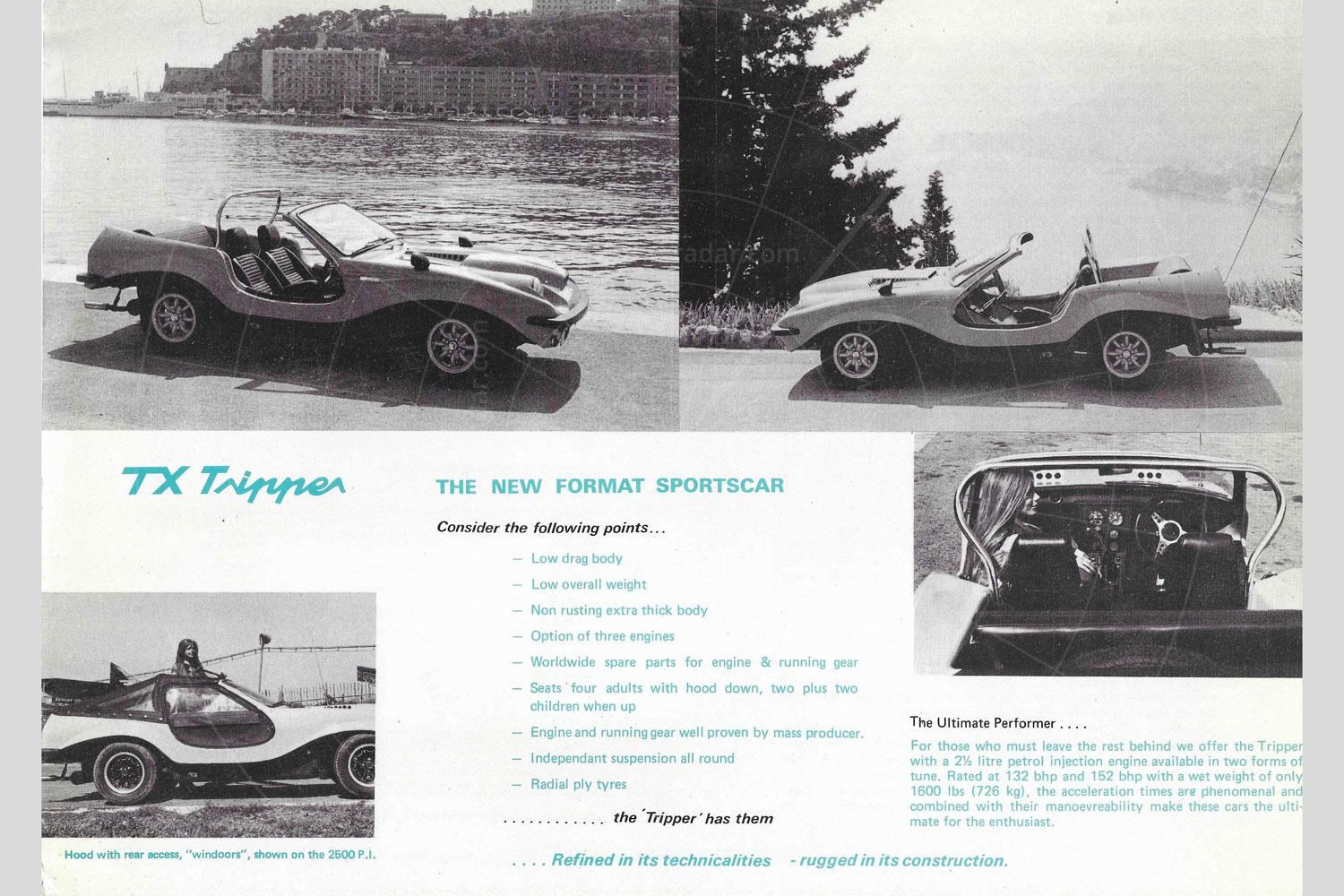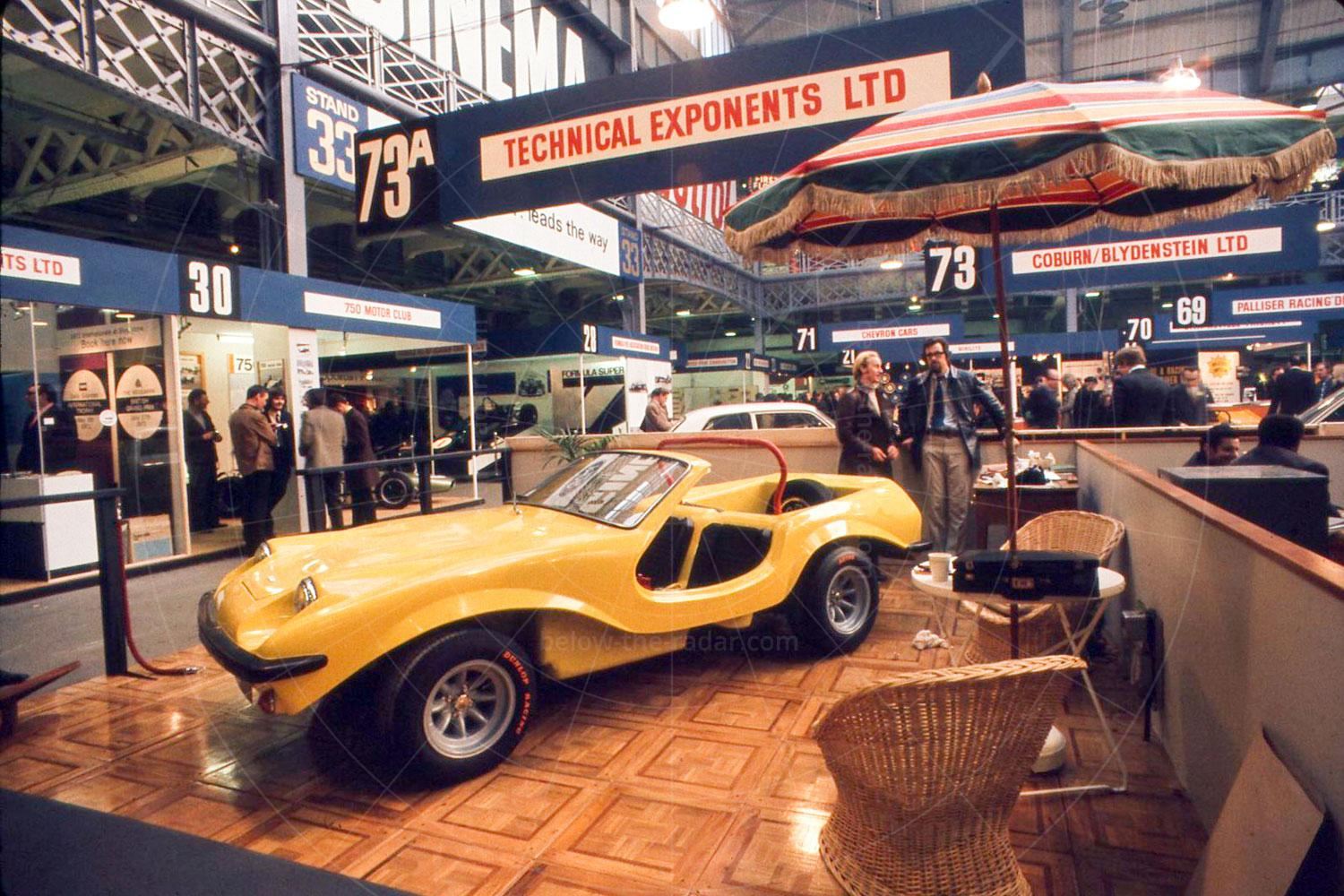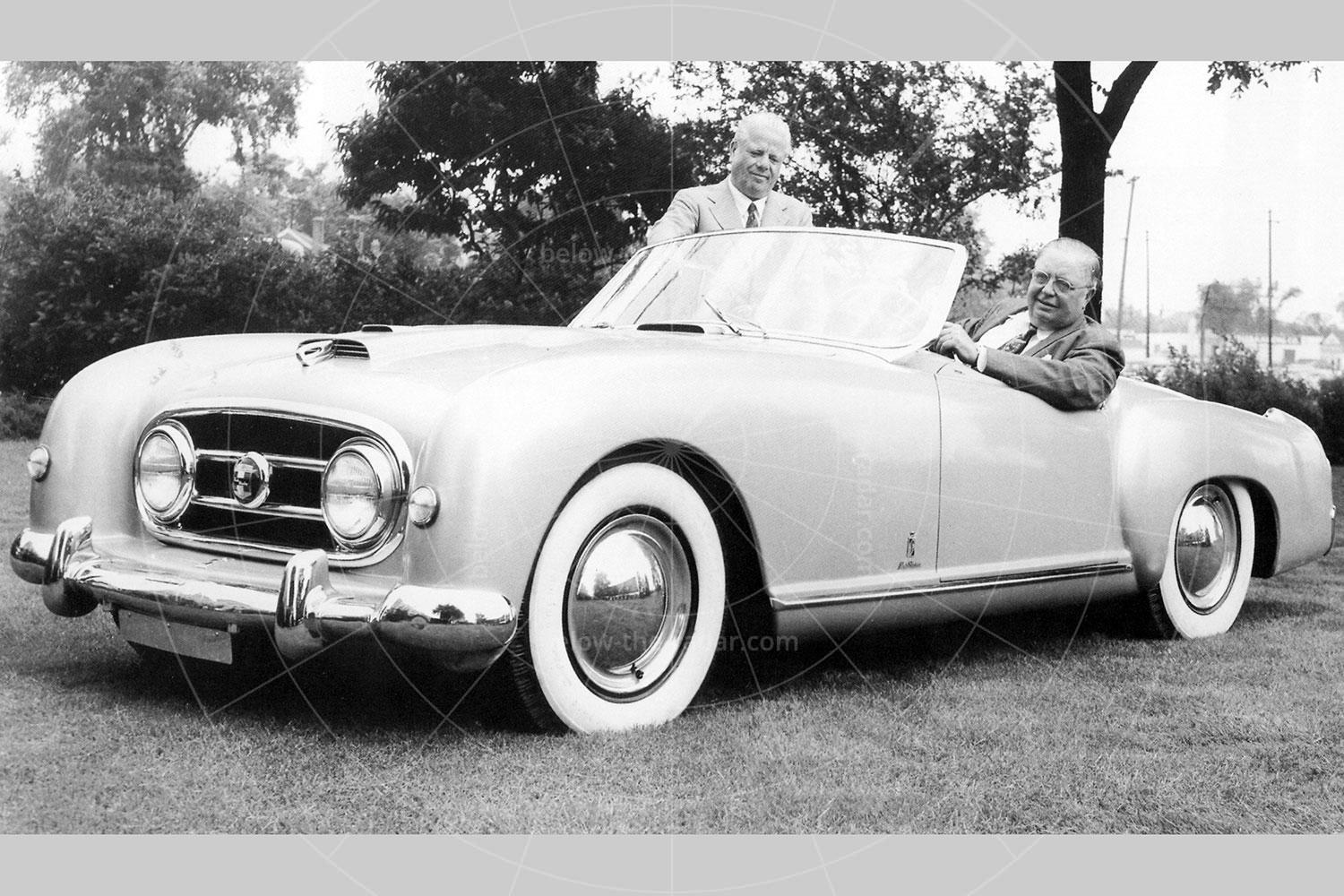It was a marque that resolutely refused to be pigeonholed. Fairthorpe famously made all manner of low-volume specialist cars from its base in Chalfont St Giles, Buckinghamshire. Its protean output spanned everything from twin-cylinder, egg-shaped contraptions to race-winning sports cars, but none of its products were remotely conventional. The TX Tripper was arguably the most bizarre Fairthorpe of them all although, strictly speaking, it wasn’t a Fairthorpe per se.
Second-generation company principal Torix Bennett had already made an impression with the Fairthorpe TX-1, his first-ever complete car design which emerged at the 1965 London Motor Show. It remained unique, but in time spawned the TX-GT coupé and TX-S that were appreciably more sophisticated than Fairthorpe’s previous offerings. Each model featured Bennett Jr’s patented transverse rod suspension set-up, the youthful designer having established sister company Fairthorpe Technical Exponents in January 1965.
Scroll forward to the early 1970s, and the vagaries of dealing with suppliers was beginning to take its toll. Fairthorpes were supplied in component form with all-new running gear, but, in some instances, he was dealing with 150 separate contractors. Not only that, Bennett the younger was suddenly obliged to buy parts in bulk. It was enough to make him ill, and it did. While laid up with a stomach ulcer, he devised a car that, like other Fairthorpes, utilised Triumph running gear but accommodated within a one-piece glassfibre body that resembled nothing else on the market.
The TX Tripper (there was no mention of Fairthorpe) broke cover at the 1971 Racing Car Show in Olympia. It was, in essence, a one-piece body that incorporated the bonnet, seats, windscreen and tail section. This structure was then bolted to a Spitfire or GT6 chassis. the Ford ‘Kent’ engine was purportedly an option, and one that was soon dropped. Offered in component form for £830, or £226 as a bare bodyshell, it represented decent value. The show car was equipped with a 1.3-litre four-cylinder engine, but the subsequent demonstrator was powered by a 132bhp, 2.5-litre Triumph PI straight-six unit.
Cars & Car Conversions gushed: ‘The TX Tripper goes, handles and stops. Hells bells, it goes. Boot it and it went… There must be nothing, but nothing, in the new car line which can compare for performance against price. The result is terrific handling and road holding.’ Motor, meanwhile, surmised: ‘It has real performance, good road-holding and handling with genuine stability.’
The car’s looks, however, didn’t do it any favours. Nor, it seems, did its name, if only in German-speaking markets (the literal translation is pox, or gonorrhoea). Production gradually took a backseat to other non-car-related schemes, with 48 bodies and 20 complete/component cars being made to 1979. Some were two-seaters, other four-seaters including one with rear-facing seats.
That wasn’t quite the end of the story, though. Isleworth-based start-up Tripper Cars attempted to resurrect the model in 1983 with the choice of Triumph or Ford Escort running gear. However, reaction to the reminted Tripper 2 was mixed. The moulds subsequently headed to Wales ahead of another renaissance under different keepers but sales were non-existent. Perhaps mercifully, there have been no further attempts at a comeback.

















